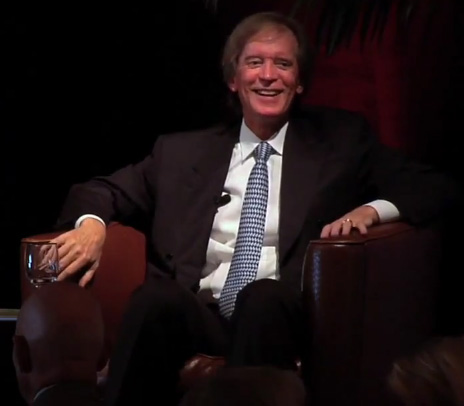To all gold bears: This guy has placed a $133 billion bet QE3 is going to happen

After failing to scale the psychologically important $1,800 an ounce bar at the end of February, gold has taken a few hard knocks on the way to its current trading level of around $1,650.
The spikes downward have all been thanks to Ben Bernanke and the US Federal Reserve and the fortunes of the precious metal seem increasingly linked to monetary policy in the US.
At the start of April for instance gold dropped some $60 an ounce in a single session when Fed minutes appeared to indicate a third round of so-called quantitative easing was off the table and its policy of zero interest rates may be coming to an end sooner than previously thought.
If the Fed stops flooding markets with cheap money, gold’s allure as a storer of wealth and an inflation hedge is diminished. Tighter monetary policy also strengthens dollar, further hurting the yellow metal.
Quantitative easing has been a massive boon for gold. The Fed’s new near-zero interest rate policy and purchases under QE1 kicked off on 16 December 2008. On 15 December 2008 an ounce of gold cost $837.50. Late on Friday, June contracts in New York changed hands for $1,642.80.
That’s a 96% improvement for the precious metal on the back of QE1 and QE2 (first mooted in August 2010) and ‘Operation Twist‘ (started in September last year and set to expire at the end of June). Before QE1 the Fed’s total assets were below $1 trillion. It is now closer to $3 trillion.
While the ranks of gold doomsayers have been growing over fading hopes for QE3, investors outside of the bullion market seem to be pricing in another round of easing.
The Financial Times (sub required) spoke to Bill Gross, founder of Pimco, whose various funds oversee more than a $1 trillion in assets:
But some economists and big-name investors are betting that the economy will require more than just the continuation of near-zero overnight rates during 2012. This is where either an extension of the Twist or a bigger effort to drive down mortgage rates via QE3 looms large.
For Bill Gross at Pimco, the bet on QE3 is hefty. His holdings of US mortgage debt, the favourite choice for purchase under QE3, within his $252.4bn Total Return Fund rose to 53 per cent in March, the highest weighting since June 2009.
Indeed the mere threat of QE3 or an extension of the Twist is helping to keep Treasury and mortgage yields contained, a form of policy stimulus in itself.
{{ commodity.name }}
{{ post.title }}
{{ post.date }}


2 Comments
PQR
St Barbara
Kanec878
what would be a good investment in austraila?